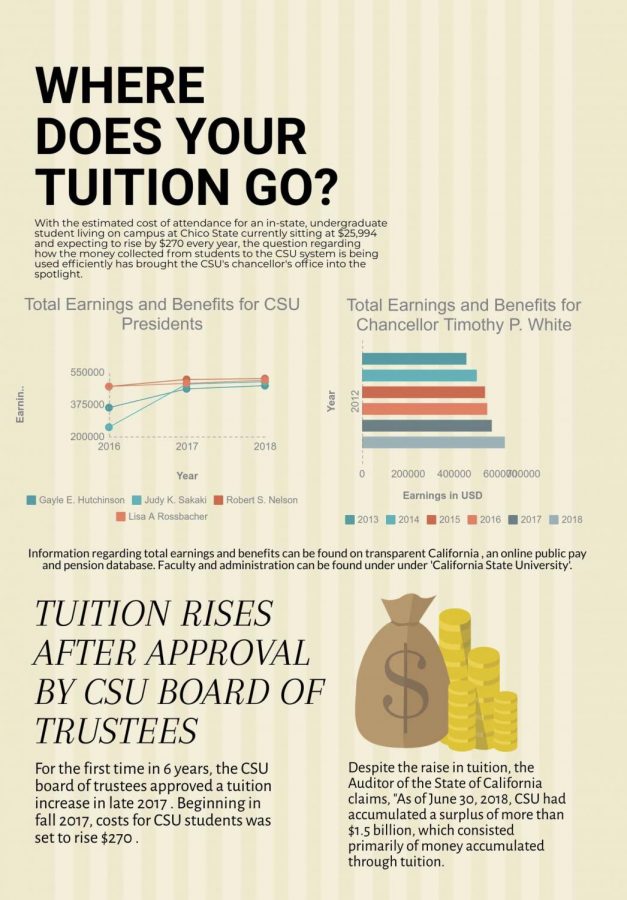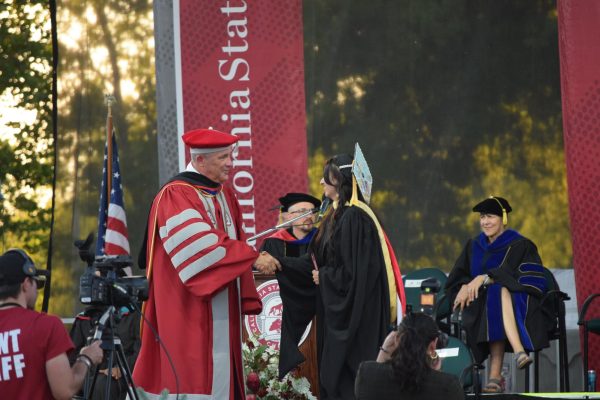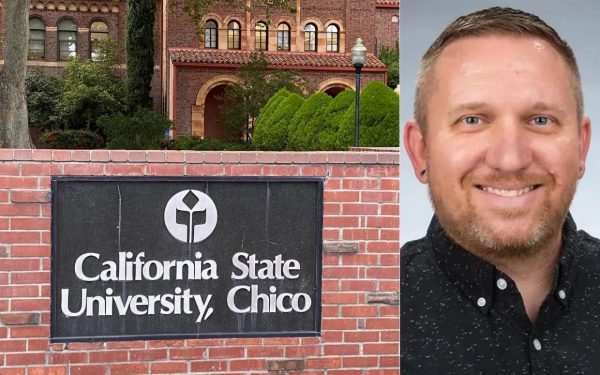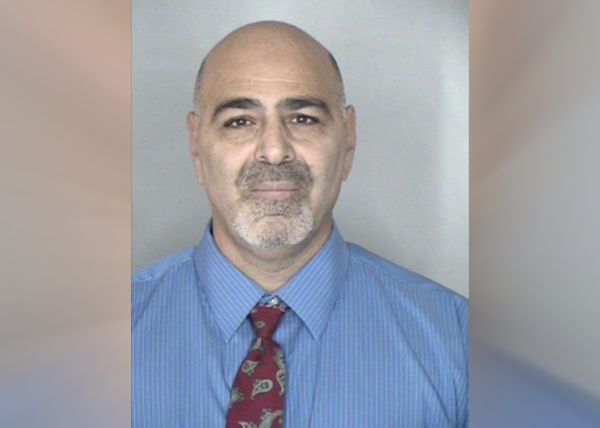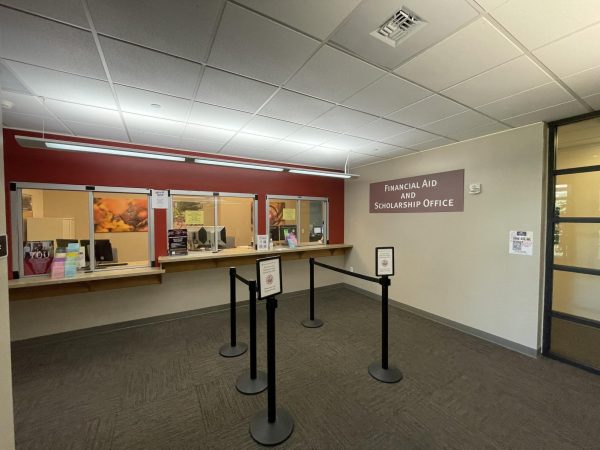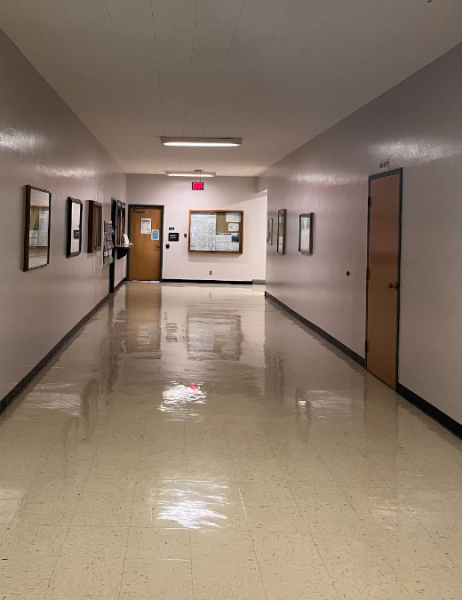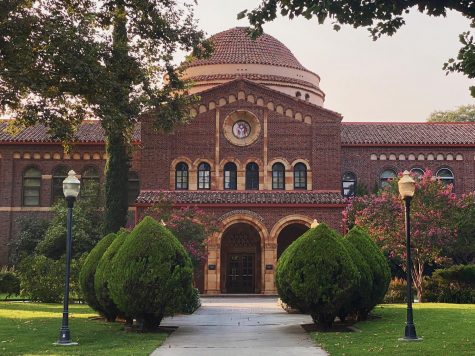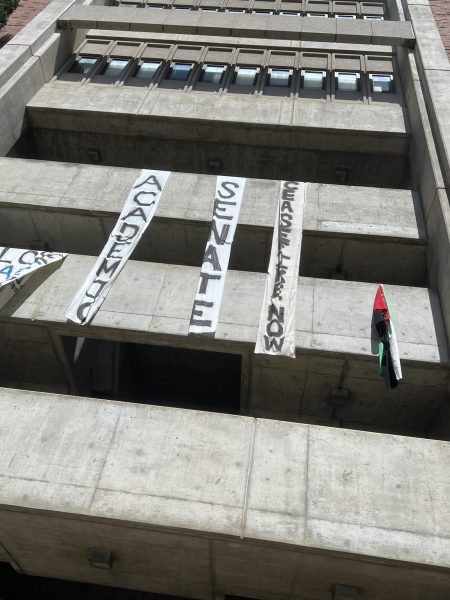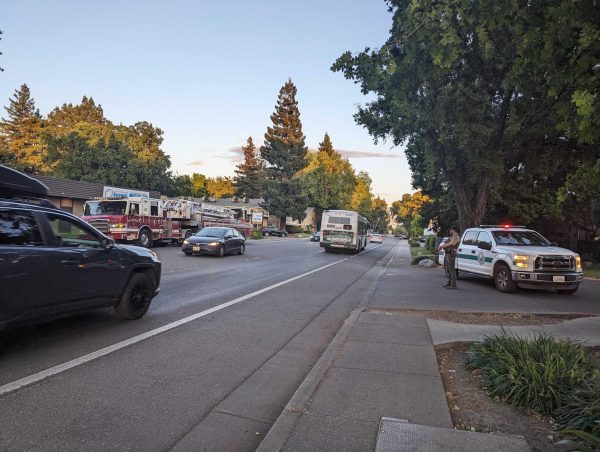As tuition skyrockets, administrators see pay raises
In one year, California State University system Chancellor Timothy P. White received a raise that brought his salary from $563,096 up to $619,640.
In 2017, California State University approved its first tuition increase since 2011, aimed at increasing tuition revenue by $77.5 million. Tuition has nearly doubled in a decade. Where has the money from 484,000 students across CSU’s 23 campuses gone?
The California’s state auditor says: “The CSU Office of the Chancellor has failed to fully disclose financial resources that it holds in outside accounts, and it has not ensured that campuses fully explore options for alternate methods of transportation before investing in expensive parking facilities.”
Despite this audit, the 2019–2020 budget approved by the Board of Trustees proposed a $554 million increase, which includes 98 million in tuition revenue from the increase, CSU has also collected $1.5 billion in surplus, generated partially from tuition.
Other CSU administrators have also received raises. Among these, Chico State President Gayle E Hutchinson’s salary increased from $310,014 ($458,519 with benefits) to $300,984 ($474,108).
In-state, undergraduate tuition for Chico State is $25,994 in estimated total costs to students ($7,806 for tution alone)and will likely grow by $270 annually. Suspicion over how tuition is used has brought the chancellor’s office into the spotlight.
At Chico State, recent building projects show where some money goes, such as the environmental science building. Despite this, many are not satisfied that tuition costs are being used for the student’s interests.
“New buildings…I’m not opposed to that– I’m glad that they’re getting around to that,” said Chico State political science professor, Craig Scarpelli. “I see the capital projects and I get that, but I still think that CSU should focus their money on what benefits students.”
“College is expensive. My students have to work around 30 hours to make up for the cost now. As an educator, students need to be able to have the assets to get out of here in 4 years. I wonder if that is the priority.” Scarpelli said.
Chico State explained some of the information released in the audit by saying that the money congregated in the surplus cannot be used in offsetting tuition because they are set as a state-mandated reserve.
“Strategic reserves may not be used for ongoing expenses such as salaries, and money for employee salary increases would not come from tuition.” said Vice President of Business and Finance, Ann Sherman.
There are three uses for strategic reserves: one-time capital projects, CalGrants and Pell Grants, and a hedge against economic uncertainty, Sherman said.
Sherman acknowledged the rising prices for students. “There have been student fee changes, which are specifically earmarked for self-support programs such as the Health Center, Athletics, and Student Learning, but those are not tuition increases. These programs do not receive state support and must be completely self-sustaining.”
“The audit this summer did not suggest that there was a surplus of money. Rather, it questioned the amount of and use of the CSU’s strategic reserves,” Sherman said.
Kimberly Morales can be reached at [email protected] or @kimberlymnews on Twitter.








